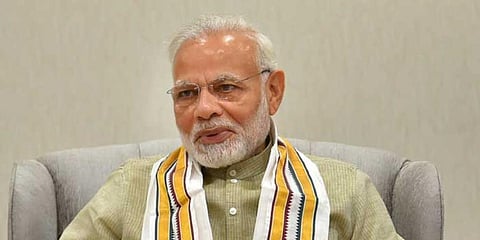

NEW DELHI: In less than 15 days since Prime Minister Narendra Modi unveiled the ambitious National Digital Health Mission (NDHM) on Independence Day this year, health IDs of about 55,700 citizens have been created so far, officials said.
To begin with, the initiative has been started in six Union Territories, including Andaman & Nicobar Islands, Chandigarh, Dadra & Nagar Haveli and Daman & Diu, Ladakh, Lakshadweep and Puducherry.
Though the National Health Authority (NHA), which is operationalising the NDHM, refused to share the break up of IDs created across these six UTs, officials insisted that with the three core platforms being made operational now the registrations have been growing rapidly.
According to the details shared by the NHA, health IDs can be created by providing basic information that includes full name, year of birth, gender and either a mobile number or an Aadhaar number.
Most people with smartphones or access to the internet and computer are expected to self-enrol and create their health ID through the official health ID portal.
Healthcare providers will also assist citizens in creating health IDs. “This has been especially ensured to ensure access and inclusivity for all, including the elderly, digitally illiterate, and those without mobile phones,” said the NHA. “Every health ID must be created only after educating the individuals regarding the benefits of the Health ID and obtaining the explicit and informed consent of the individuals.”
In response to queries by this newspaper, NHA officials explained that sharing one’s health ID with their participating healthcare provider will ensure that they can share the patients’ health information with the patient digitally.
Since every provider will use a standard way to share health records, a patient’s longitudinal medical history will be created over time. This is an open federated architecture in which both public and private health providers will participate and the patients can expect diagnostic reports, discharge summaries, prescriptions etc. to soon be available on their phone.
“Doctors may also seek to see patients’ medical history on their visits in which case they will need to consent and can control which records and for how long they want to provide access,” the agency elaborated. It added that the target is to get all required software applications developed, tested and deployed.